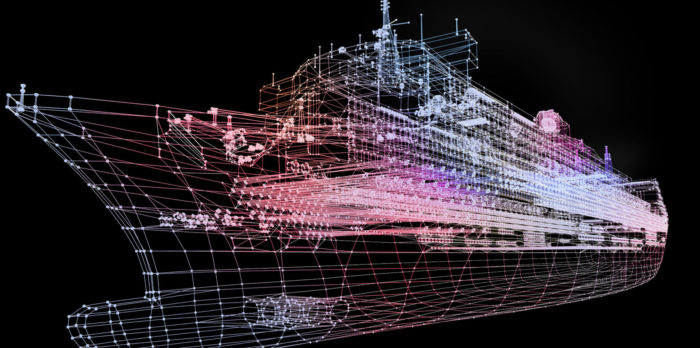Classification Society ClassNK has concluded a joint research agreement for developing advanced condition-based maintenance (CBM); a new maintenance and management system to be used for the machineries of autonomous ships, as well as to further establish a new classification survey scheme based on CBM.
In fact, engine conditions will be continuously monitored in the joint research project and will involve the real-time sharing of detailed data acquired from sources including SIMS2 developed by NYK Group as well as the newly installed sensors of large main engines.
ClassNK notes that by utilizing the know-how of engine manufactures,
the projects will work to make failure predictions and remaining useful life (RUL) predictions for the engine by taking advantage of manufacturer expertise to create optimal CBM guidelines and then verify them on actual ships.
The classification society further hopes to apply the outcomes of the joint research to establish a new classification survey scheme based on CBM. It is lastly added that ClassNK will continue to support such initiatives of the industry and construct a more efficient survey scheme through the use of digital technology.
[smlsubform prepend=”GET THE SAFETY4SEA IN YOUR INBOX!” showname=false emailtxt=”” emailholder=”Enter your email address” showsubmit=true submittxt=”Submit” jsthanks=false thankyou=”Thank you for subscribing to our mailing list”]
It was last week when NYK Group finalized a research agreement to launch a developing condition-based maintenance (CBM) system while also has begun the verification of the system during the actual ship operation, providing a new way of fixing vessel’s machinery while it’s on operation.
Traditionally, the time-based maintenance (TBM) requires a vessel to pause operations for a specific timeframe, for inspections, even if there is no engine breakdown.
In 2016, MaK together with Caterpillar’s Marine Asset Intelligence organization announced that they have partnered with DNV GL to help make the change from time based maintenance to condition based maintenance by leveraging the predictive analytics of Cat® Asset Intelligence in accordance with DNV GL’s Survey Arrangement Machinery Condition Monitoring (CM) requirements.
The Survey Arrangement of DNV GL recognizes, across multiple dimensions, the value that Cat Asset Intelligence provides to ship owners. First, by using data analytics to provide transparency and validate equipment condition, unnecessary maintenance expense can be avoided by right-sizing maintenance to condition and not to the calendar. In addition to maintenance costs, comprehensive reliability studies have shown that human intervention is a key factor in over 80% of failures.

































































